Nicaragua, a land of volcanoes and lakes, offers a vibrant culinary experience. This article explores the diverse flavors of comida típica, Nicaragua’s traditional food, from the well-known Gallo Pinto to lesser-known regional specialties. Join us as we uncover the heart and soul of Nicaraguan cuisine.
Savoring Nicaragua’s Culinary Heritage
Nicaraguan cooking, a blend of indigenous, Spanish, and Caribbean influences, offers a delicious journey for the adventurous palate. While Gallo Pinto, the iconic mix of rice and beans, reigns supreme as the national dish, Nicaragua’s comida típica encompasses a far wider range of flavors and traditions, reflecting the country’s rich history and diverse regional influences.
Beyond Gallo Pinto: Exploring Nicaragua’s Culinary Treasures
From bustling markets to family kitchens, the aromas of comida típica fill the air. Beyond Gallo Pinto, consider indulging in nacatamal, a substantial tamale packed with savory meats, vegetables, and spices, all steamed to perfection in a banana leaf. For a quicker bite, tajadas, crispy fried plantains, can be enjoyed sweet or savory. If you’re exploring the streets, be sure to try vigorón, a street food sensation featuring boiled yuca, crispy chicharrón (fried pork skin), and a refreshing cabbage slaw. For those interested in embracing imperfections in the kitchen, our guide on comer imperfect offers a fresh perspective on cooking.
A Regional Food Adventure: Embracing Nicaragua’s Diverse Flavors
Nicaragua’s diverse landscapes contribute to a rich tapestry of regional culinary traditions. Along the Caribbean coast, the influence of African and Indigenous cultures is evident in dishes like rondón, a flavorful stew simmered in coconut milk with seafood, plantains, root vegetables, and tender dumplings. Inland, in the central regions, sopa de mondongo, a hearty tripe soup, offers warmth and rich flavors. For a sweet treat, tres leches cake, a moist sponge cake soaked in three milks, provides a decadent finale to any meal.
The Essence of Nicaraguan Flavor: Key Ingredients
Fresh, locally sourced ingredients form the foundation of Nicaraguan cooking. Maize, a staple crop, is the base for tortillas, nacatamales, and countless other dishes. Plantains, both green and ripe, add diverse flavors and textures. Beans, particularly red and black, lend a hearty richness to Gallo Pinto and other traditional meals. Meats, including pork, chicken, and beef, feature prominently in nacatamales and stews, while coastal regions offer abundant fresh seafood, starring in dishes like rondón.
Food and Culture: A Delicious Narrative
Nicaraguan food is more than sustenance; it’s a reflection of the country’s history and cultural heritage. Researchers suggest that dishes like nacatamal may have indigenous roots, while the use of coconut milk in rondón likely points to Caribbean and African influences. Each dish tells a story, connecting the past to the present, preserving traditions, and celebrating national identity.
Embark on Your Culinary Journey: Experiencing Nicaragua’s Flavors
Ready to explore the vibrant world of Nicaraguan cuisine? Consider a dedicated food tour for guided explorations of local markets and restaurants specializing in comida típica. Engage with locals, who are invaluable sources of insider tips and hidden culinary gems. Immerse yourself in the flavors, textures, and aromas that define Nicaraguan cuisine. For those interested in exploring the world of mixed drinks, our cocktail codex offers a comprehensive guide.
Beyond Gallo Pinto: Exploring Managua’s Unique Culinary Delights
Managua, Nicaragua’s capital, boasts a vibrant culinary scene reflecting indigenous traditions, Spanish colonial influences, and Creole flavors. Beyond the nationally beloved nacatamal, Managua offers unique culinary experiences waiting to be discovered.
Managua’s Culinary Gems
Nacatamal: A Managua and national favorite, the nacatamal is a hearty meal in itself. This large tamale, filled with seasoned meat (pork, chicken, or beef), potatoes, rice, onions, peppers, and a unique blend of spices, is steamed in a plantain leaf and often served with sour cream or salsa.
Tipitapa Fish: A local specialty, Tipitapa fish is typically fried to a crispy golden brown and served with tostones and slaw. This freshwater fish, named after the nearby city of Tipitapa, offers a distinct flavor unique to the region.
Quesillo (Managua Style): Distinct from the Mexican quesillo, Managua’s version is a sweet treat resembling a soft flan or cheesecake. Made with milk, eggs, sugar, and often vanilla, it’s a creamy dessert often served in a tied plastic bag.
Sopa de Albóndigas (Meatball Soup): A comforting classic, Managua’s meatball soup features a rich, flavorful broth infused with local herbs and vegetables, along with tender, juicy meatballs. Many families have their own cherished recipes passed down through generations.
Other Managua Favorites:
- Vigorón: Yuca, chicharrón, and cabbage slaw.
- Baho: Slow-cooked meat and vegetables.
- Indio Viejo: A thick stew with corn and shredded beef, thought to have pre-Columbian roots.
Exploring local markets and smaller eateries unveils further hidden gems, providing an authentic taste of Managua’s diverse culinary landscape. Ongoing research continually reveals new insights into the evolution of Nicaraguan cuisine, so there’s always something new to savor.
Unveiling Nicaragua’s Culinary Heritage: A Deep Dive into Traditional Food
Nicaraguan traditional food, or comida típica, offers a profound connection to the country’s culture, traditions, and history. It’s a vibrant blend of indigenous, Spanish, and African influences, each dish telling a story of the nation’s rich heritage.
A Flavorful and Affordable Culinary Adventure
Nicaraguan cuisine is not only bursting with flavor but also remarkably affordable. Bustling markets offer fragrant spices, and street vendors create delicious meals on the spot, all at reasonable prices. This accessibility allows everyone to experience the authentic tastes of Nicaragua without breaking the bank.
Iconic Dishes and Regional Specialties
Gallo Pinto, the national dish, is a simple yet satisfying mix of rice and beans, often prepared with coconut milk for added flavor. Nacatamal, a steamed corn dough tamale filled with seasoned meat and vegetables, represents a more complex culinary tradition. Vigorón, a tangy salad of yuca, chicharrón, and cabbage slaw, and Indio Viejo, a slow-cooked stew with possible pre-Columbian origins, showcase regional variations and the diversity of Nicaraguan cuisine. Some experts believe these regional variations are linked to Nicaragua’s diverse microclimates and agricultural traditions.
Ongoing Culinary Exploration
Research into the origins and evolution of Nicaraguan dishes is ongoing, suggesting our understanding of this rich culinary history is constantly evolving. From the commonly known to the hidden gems, exploring Nicaragua’s traditional food offers a unique and unforgettable culinary journey.
Beyond Gallo Pinto: Discovering Nicaragua’s Most Iconic Symbols
Nicaragua’s vibrant culture extends beyond its renowned cuisine. While Gallo Pinto holds a special place in the hearts (and stomachs) of Nicaraguans, the country boasts a rich tapestry of traditions, breathtaking landscapes, and warm hospitality.
A Culinary Tapestry
Nicaraguan food is a delicious blend of indigenous ingredients and Spanish influences. Gallo Pinto, enjoyed by an estimated 90% of families, often for breakfast or dinner, exemplifies this fusion. Beyond this staple, dishes like the savory Vigorón and the sweet Güirila, a thick corn tortilla, showcase the country’s diverse agricultural heritage.
From Cuisine to Culture
Nicaragua’s identity is shaped by more than just its food. Its natural wonders, from volcanoes to pristine beaches, and its complex history, woven with indigenous cultures, colonial influences, and revolutionary struggles, all contribute to its unique character. The table below highlights key dishes and their regional influences:
| Dish | Description | Region/Influence |
|---|---|---|
| Gallo Pinto | Rice and beans, often served with eggs and cheese | National Dish |
| Vigorón | Yuca, chicharrón, and cabbage salad | Granada |
| Güirila | Thick corn tortilla, often served with cheese | Pacific Lowlands |
| Nacatamal | Corn dough filled with meat and vegetables, steamed in banana leaves | National Dish (festive) |
| Indio Viejo | Shredded beef or chicken in a thick corn-based sauce | Indigenous Influence |
| Rondón | Seafood stew with coconut milk and root vegetables | Caribbean Coast |
Experiencing the Heart of Nicaragua
Food in Nicaragua is a communal affair, a time for families to connect and traditions to be shared. This social aspect of dining enhances the culinary experience. While research continues to illuminate Nicaraguan culinary history, the powerful role of food in shaping national identity remains constant. Exploring Nicaragua’s vibrant culture—its food, traditions, and natural beauty—offers an immersive journey into the heart and soul of this captivating country.
- Georgia Platform: A Southern Strategy, 1850s - March 31, 2025
- How many weeks is 40 days: Quick Conversion Guide for Accurate Results - March 31, 2025
- How many feet is 300 meters? 984 Feet: Understand Length Conversions Easily - March 31, 2025
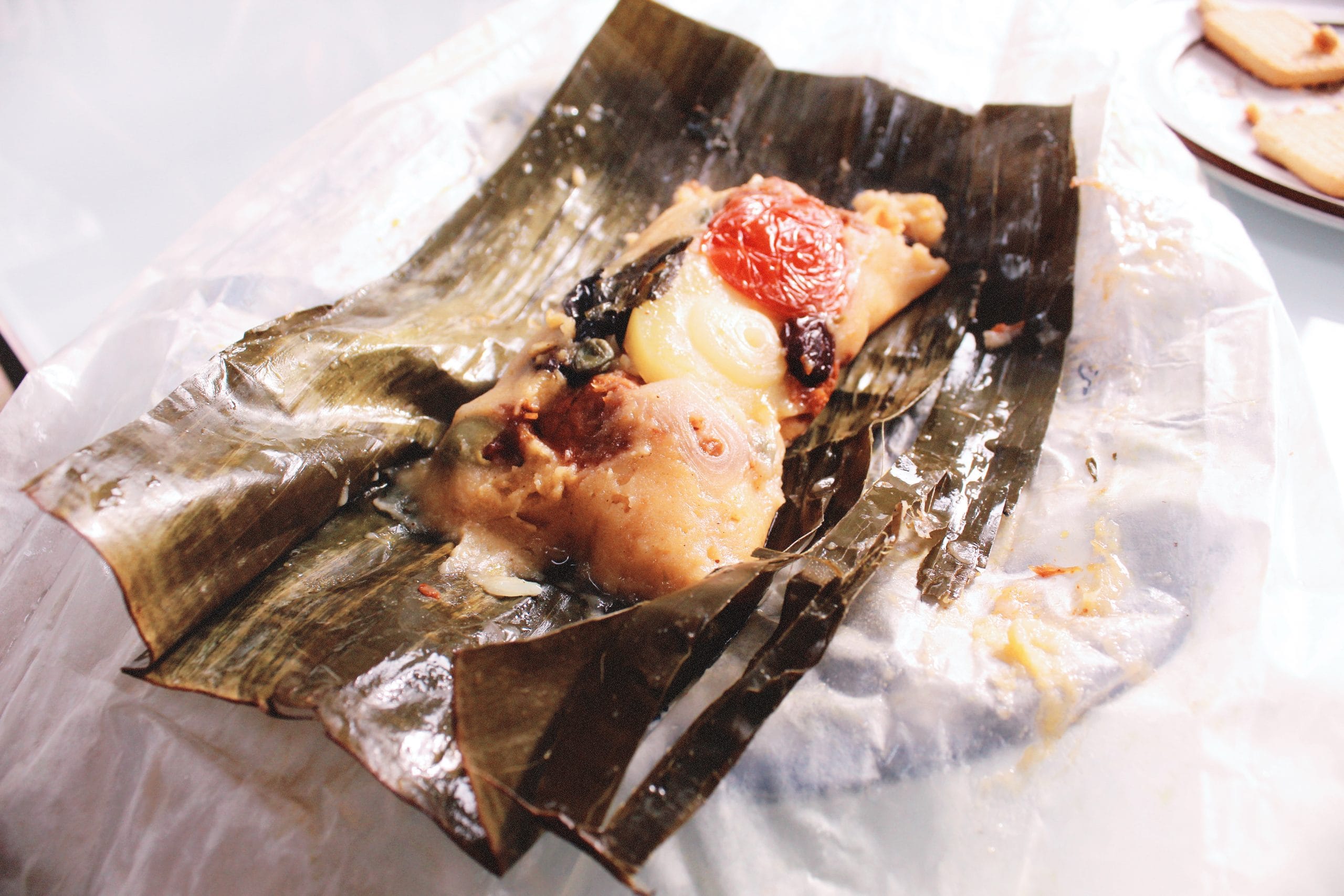
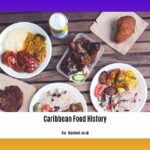
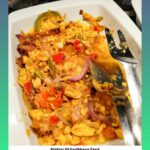
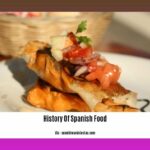
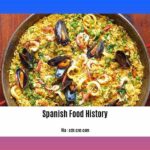
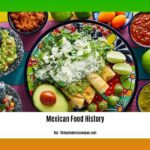
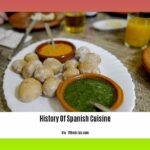










2 thoughts on “A Culinary Journey Through Nicaragua: Discovering the Delights of Comida Típica”
Comments are closed.